If, like me, the music of Philip Glass was a brash, strident and hypnotic part of your growing up, listening to the forthcoming premiere recording of the reconstructed Music In Eight Parts throws open the door to your childhood, and immediately ushers in the familiar stark architecture of Glass’ soundworld that Music in Changing Parts, Music in Twelve Parts, the exuberant 1,000 Airplanes on the Roof and other works created for this impressionable teenager.

As soon as the recording began to play, I was back in my teenage years again, listening spellbound to Glass’ music that was utterly unlike anything I’d heard before, being a classical pianist and steeped in the traditional classical orchestral fodder. Glass’ bold, and at that time refreshingly modern combination of saxophones, voices and electric keyboards, brought an invigorating chamber ensemble sound endlessly turning in and around itself, creating an apparent aural contradiction between a sense of stasis with a slow process of incremental change, all topped off with a restless textural surface, that you don’t really notice if you’re not paying close attention; for me, it was (and still is) endlessly fascinating. I recall a schoolfriend yelling ‘This has all the appeal of listening to A DRIPPING TAP!’ in exasperation at my nth playing of Einstein on the Beach. I could see how this might be, but only if you weren’t listening properly.

And that’s what Glass’ music does best; it dances away on the surface, but if you engage with the unfolding process and the commensurate different rhythmic patterns that evolve, it becomes something completely beguiling. Sometimes, the rhythmic patterns become incredibly nimble, the music dancing on its feet, as the material ducks and weaves through asymmetrical patterns. (Around eight minutes in, it suddenly blossoms and becomes, well, funky, too).
Since the manuscript vanished after a handful of performances in 1970 (only surfacing again in 2017 at an auction in Christie’s), the piece has been reconstructed for the line-up of the Philip Glass Ensemble, the group formed by the composer in the late 1960s and dedicated to taking Glass’ robust chamber music to the masses.
And it’s a recording for the times, too; with performances of the work across Europe cancelled in the face of the Covid-19 crisis, the recording has been assembled from each member of the ensemble recording their part in isolation. Listening to the music unfold for the first time since 1970 under these circumstances, it assumes a greater, almost unstoppable momentum, powering ahead with a relentless force that declares that, even in these challenging times, the power of music will continue.
The premiere recording of Music in Eight Parts by the Philip Glass Ensemble is released on May 22 on Orange Mountain Music.

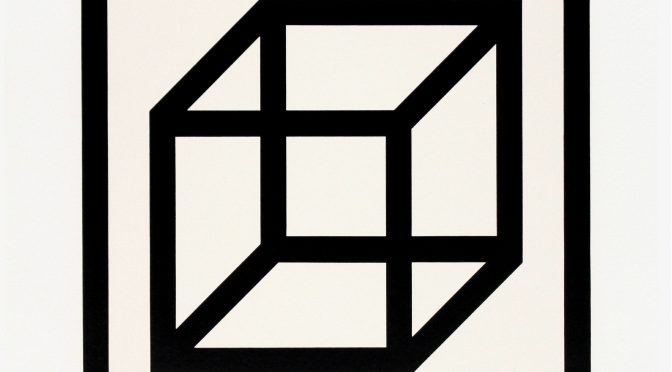

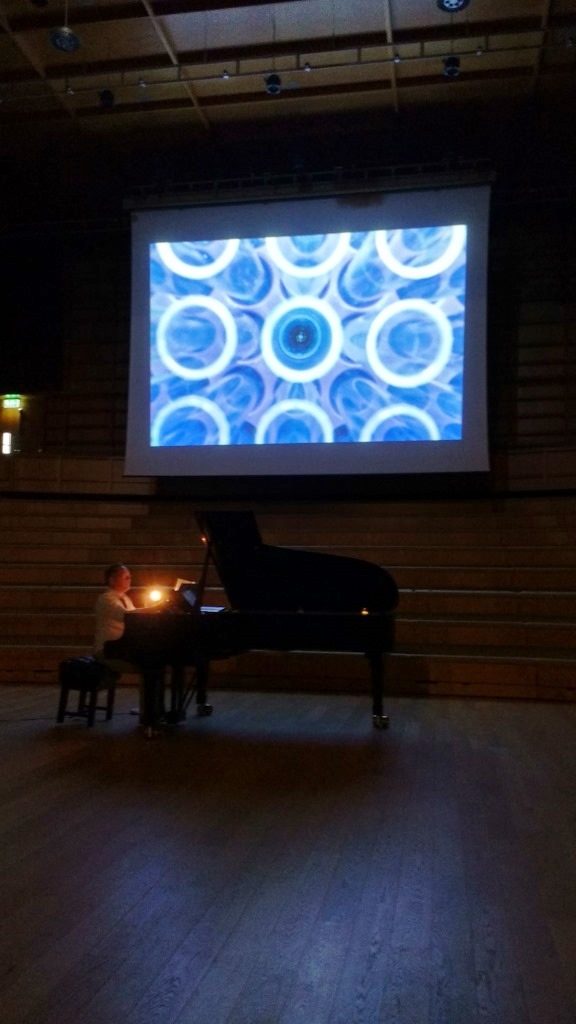
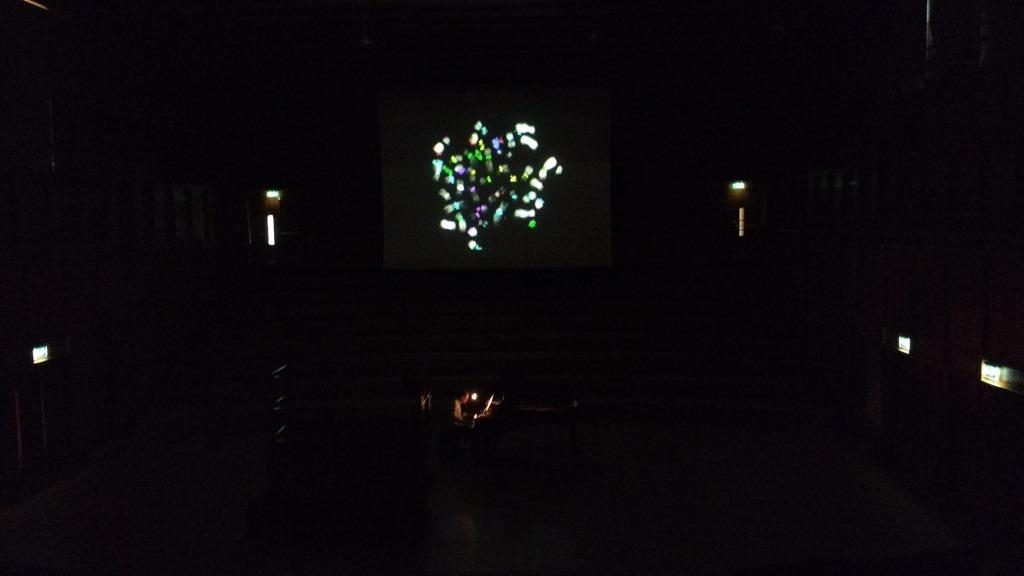 The project, in collaboration with Dr Dan Lloyd in Biosciences, will be unfurled next spring.
The project, in collaboration with Dr Dan Lloyd in Biosciences, will be unfurled next spring.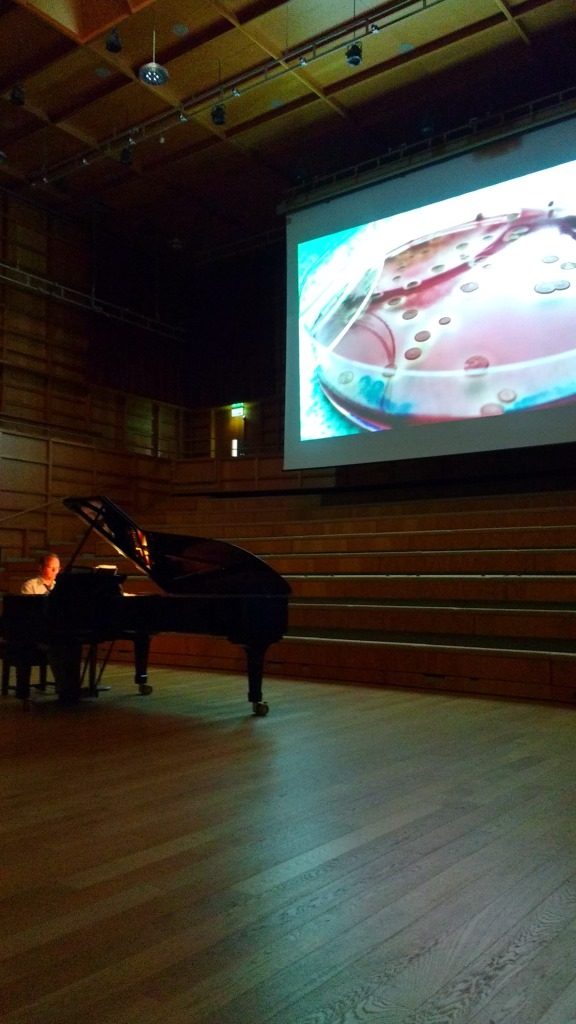


 A true Everyman; in his different stage creations, his flamboyant outfits and swaggering musicianship, he spoke to you in a way that made you feel his music was addressing you, and you alone, that showed you that being different was something good, some thing of to be proud. The poet John Siddique put his finger on it earlier, writing on Twitter ‘Thank you for helping make room in this world for the strange arty kids.’
A true Everyman; in his different stage creations, his flamboyant outfits and swaggering musicianship, he spoke to you in a way that made you feel his music was addressing you, and you alone, that showed you that being different was something good, some thing of to be proud. The poet John Siddique put his finger on it earlier, writing on Twitter ‘Thank you for helping make room in this world for the strange arty kids.’
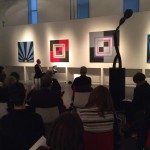


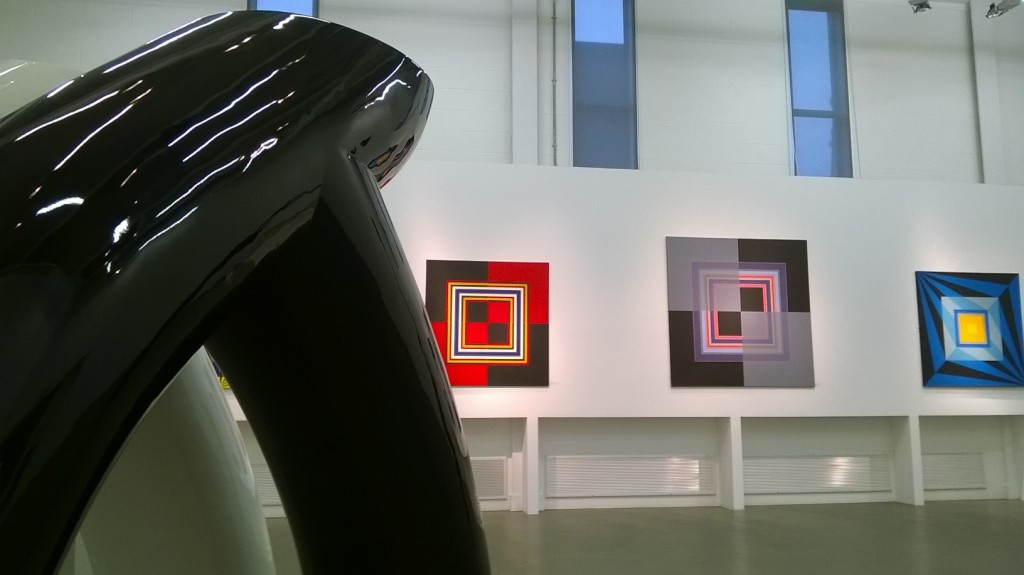

 I’ve
I’ve